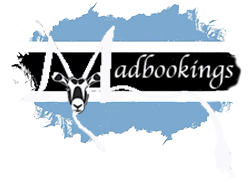About Audi Camp
Audi Camp is situated at the edge of the Okavango Delta, 12 km from Maun.
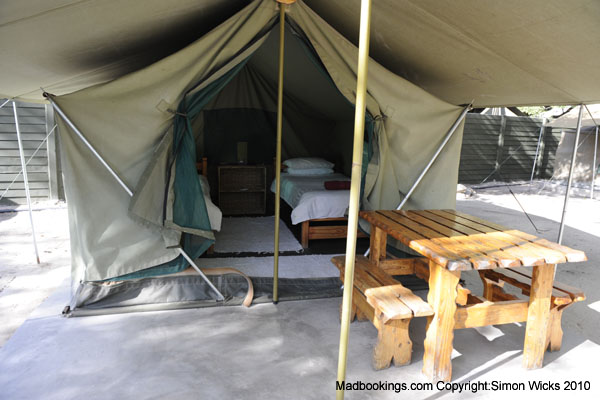
The camp offers camping, tented accommodation, and en-suite tents. We have an à la carte restaurant, bar, and pool.
We also cater for a wide variety of activities in and around the Okavango Delta, including cultural and community-based trips.
Audi Camp is located 12 kilometres north of Maun, on the road towards the Moremi Game Reserve, on the banks of the Thamalakane River – the southernmost tributary of the Okavango Delta.
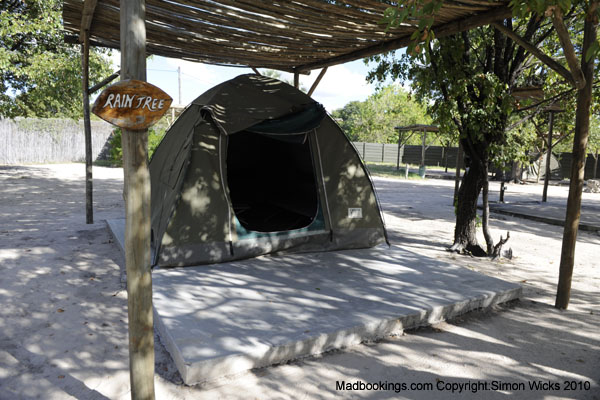
Accommodation at Audi Camp
We offer luxury en-suite tents on raised wooden decking overlooking the river, mini-Meru tents with beds, lights, their own fireplaces and cooking area, and large dome tents with stretcher beds.
We also have many shaded camping areas, some of which have power points. The camp is fenced, has security lights, and a watchman patrolling at night.
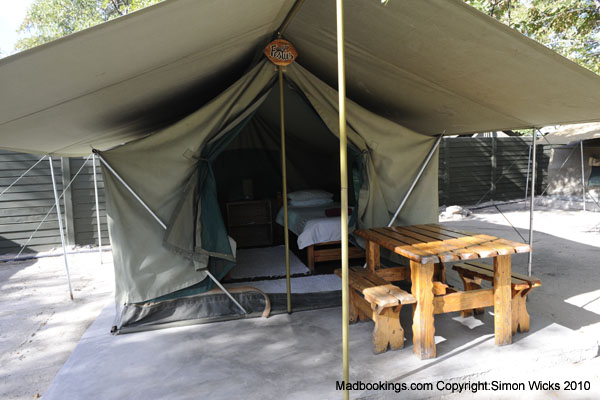
Accommodation Options
- Luxury En-Suite Tents: 4 tents on raised wooden decking overlooking the river.
- Mini-Meru Tents: 10 tents with two single beds, linen, electricity, fan, and bedside light.
- Large Dome Tents: 8 tents with two camping beds and mattresses (bedding sets can be rented).
- Shaded Camping Areas: Large shaded area for campers with their own equipment, power points available on request.
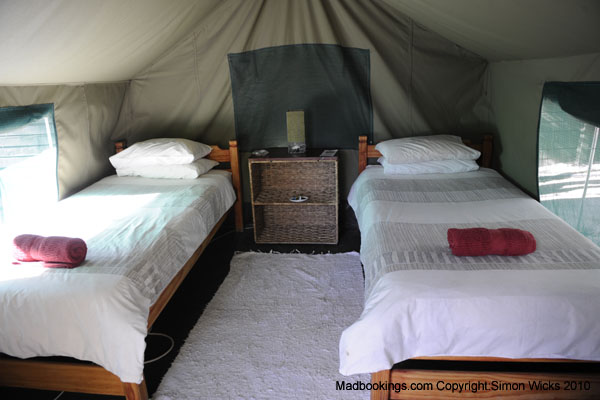
Facilities Available
- Hot and cold open-air showers
- Restaurant and bar area
- Conference facilities
- Swimming pool
- Self-catering kitchen and braai stands
- Firewood/ice available for purchase
- Equipment hire for mokoro trips
- Lock-away facilities for excess luggage
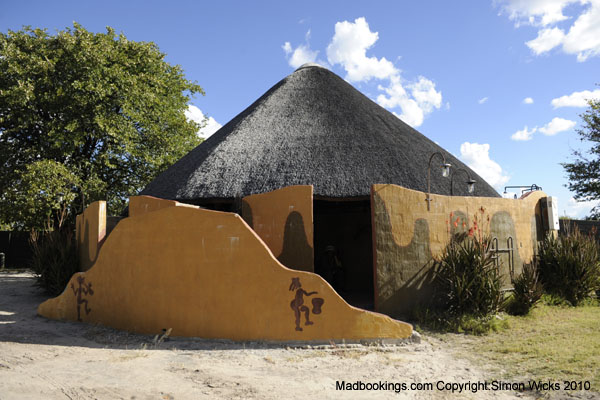
Dining
Our restaurant and bar area serves breakfast, lunch, dinner, and snacks all day.
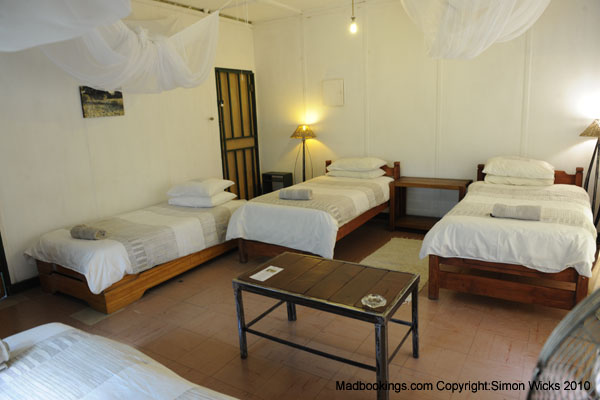
Activities at Audi Camp
- Trips & Safaris
- Vehicle Safari
- Fly-in Trips
- Mokoro Trips
- Moremi Safaris
- Kalahari Safaris
- Chobe/Moremi Safaris
- Luxury Mobile Safaris
- Nxai Pans Safaris
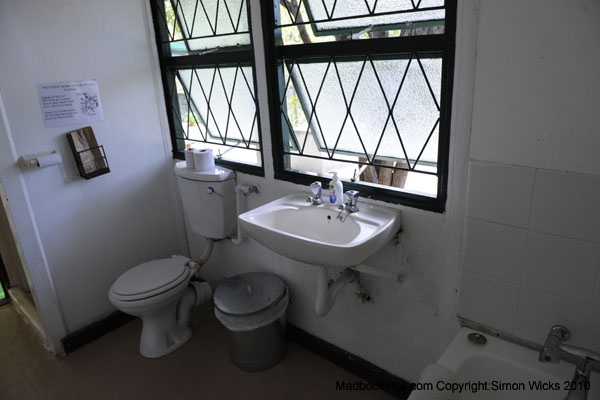
Where is Audi Camp?
Audi Camp is situated on the banks of the Thamalakane River, 12 km from Maun on the Shorobe Road towards the Moremi Game Reserve.
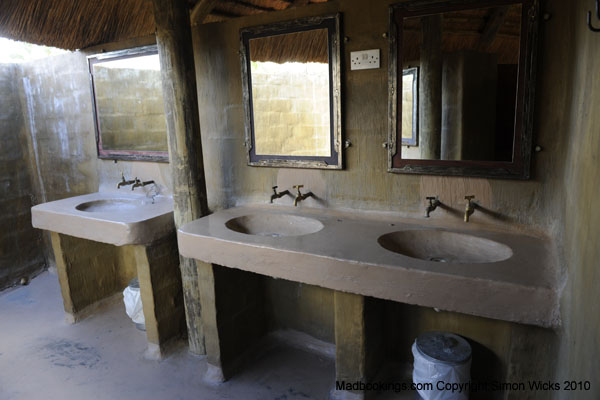
Our Philosophy
Audi Camp was established in August 1993 with the goal of providing quality and value for money in camping and safaris in Botswana. We have since expanded our operations while continuing to adhere to the same ideals.
One of the mainstays of our philosophy has been to work directly with the local communities. Too often in the past, local people have only been involved in tourism as employees, usually in labour roles.
They have rarely had the opportunity to develop business skills or to gain control and empowerment over local resources.
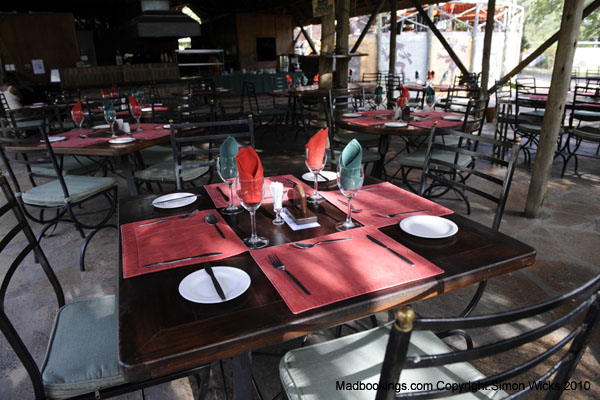
The evolution of these skills requires successes, failures, and long-term experience. As communities become more involved with the tourism industry, they begin to see the value and uniqueness of their culture, skills, and environment.
With time and experience, we believe that communities will not only view their traditional knowledge and skills as a marketable service but as something worth passing on to future generations, rather than being overtaken by industrial and western values.
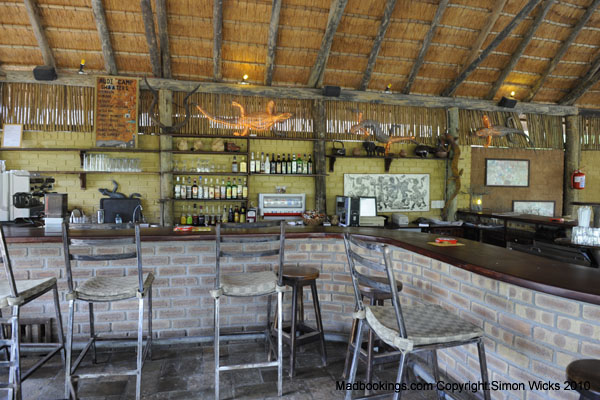
Our mokoro trips should be viewed as a "cultural" experience rather than solely a "wildlife" experience. While wildlife is an integral part of the local culture and you are likely to encounter it, the primary focus should be on experiencing the people and their way of life.
Travellers should understand that different cultures have distinct worldviews, and trying to relate to the area and environment as local people do can be a fascinating experience.
We hope that you will take the time and make the effort to engage with the local culture. This is a unique opportunity to involve yourself with people who, although now starting to earn a living from tourism, are not "commercial" in any sense of the word.
They are down-to-earth people eager to share their world with you. We hope that you will join us, enjoy the people, and enjoy yourself.
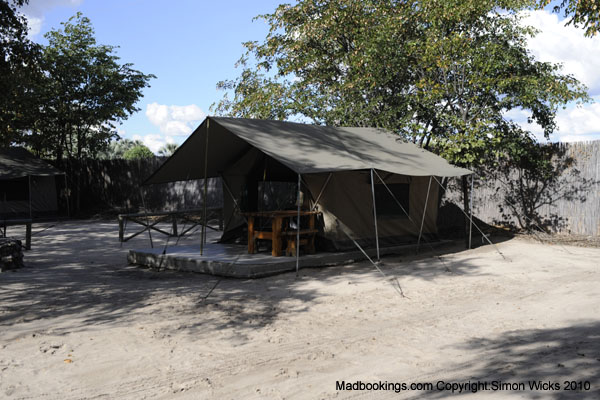
The Okavango Delta
The Okavango Delta is one of the world’s largest inland water systems. Its headwaters start in Angola’s western highlands, with numerous tributaries joining to form the Cubango River, which flows through Namibia (where it is called the Kavango) and finally enters Botswana, where it is called the Okavango. Millions of years ago, the Okavango River flowed into a large inland lake called Lake Makgadikgadi (now Makgadikgadi Pans).
Tectonic activity and faulting interrupted the flow of the river, causing it to back up and form what is now the Okavango Delta. This unique system of waterways now supports a vast array of animal and plant life that would have otherwise been a dry Kalahari savannah.
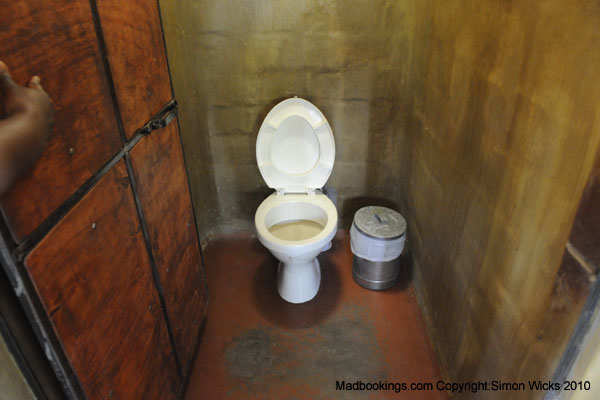
The delta’s floods are fed by rains in Angola, which start in October and finish around April. The floods cross the border between Botswana and Namibia in December and only reach the bottom end of the delta (Maun) sometime in July, taking almost nine months from the source to the bottom.
This slow meandering pace is due to the lack of elevation drop, with a slope of just over 60 metres over 450 kilometres. The delta’s water ends in the Kalahari via the Boteti River, with over 95 per cent of the water eventually evaporating.
During the peak of the flooding, the delta’s area can expand to over 16,000 square kilometres, shrinking to less than 9,000 square kilometres in the low period. As the water travels through the delta, the wildlife begins to move back into the region.
The areas surrounding the delta start to dry out (the rains in Botswana occur at the same time as in Angola), and the wildlife starts to congregate on the edge of the newly flooded areas, from May through October.
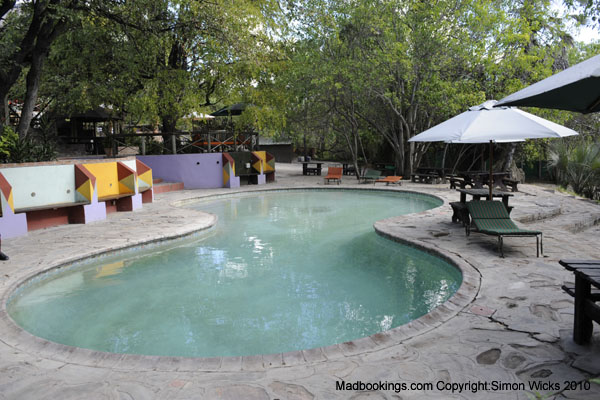
The delta environment supports large populations of animals that are otherwise rare, such as crocodiles, red lechwe, sitatunga, elephants, wild dogs, buffalo, and wattled cranes, as well as more common mammals and birdlife.
The best time for game viewing in the delta is during the May-October period, as the wildlife is concentrated along the flooded areas and the vegetation has dried out.
The best time for birding and vegetation is during the rainy season (November-April) when the migrant bird populations return, and the plants are flowering and green.
